

This article describes how students and Ngāti Mutunga teamed up with an ecologist to investigate frog populations – kimihia means to look for – in the Ngāti Mutunga rohe. The investigation used a ...
READ MORE

Names are important. They identify who we are and where we come from. But sometimes, names don’t tell the whole story. For example, the Oxford Dictionary defines ‘moth’ as an insect with two ...
READ MORE

The New Zealand Government’s Participatory Science Platform (PSP) is a world-first initiative that aims to engage communities in research projects that are locally relevant and have quality ...
READ MORE
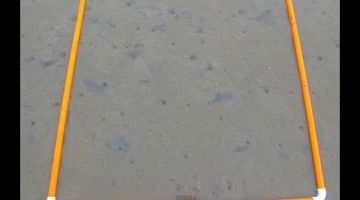
Quadrats are used for sampling purposes. They are squares of a set size placed in a particular habitat such as a rocky shore or forest floor. Plant and/or animal species within the quadrat are ...
READ MORE

Kōura (freshwater crayfish) are a taonga species for Māori, a keystone species for ecosystem dynamics and an indicator species for ecosystem health. They are also a species that have been ...
READ MORE
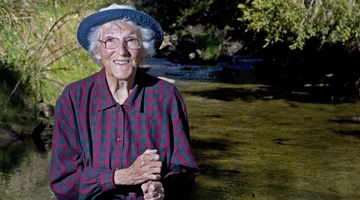
In this activity, students use different pieces of a jigsaw to work through a process of observation, discussion, collaboration and deduction to determine what the picture shows. The activity is ...
READ MORE

Skink Spotter NZ is interested in weather conditions that best suit skinks to be active. This information will enable the research team to consider how skink activity might change as the climate ...
READ MORE
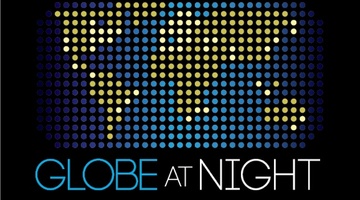
Globe at Night is an international citizen science campaign to raise public awareness of the impact of light pollution by inviting citizen scientists to measure and submit their night sky ...
READ MORE
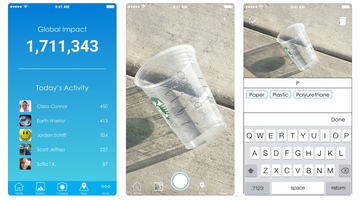
Litter is everywhere – but how much is there, and why does it matter? Litterati is an online citizen science (OCS) project that allows participants to photograph, upload and tag litter in their ...
READ MORE
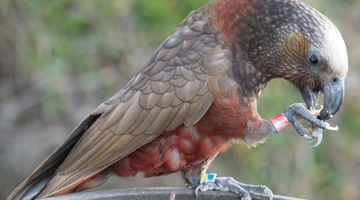
In this recorded professional learning session, Greta Dromgool and Ben Moorhouse from the Department of Conservation unpack conservation education and: introduce some exciting DOC resources aimed ...
READ MORE
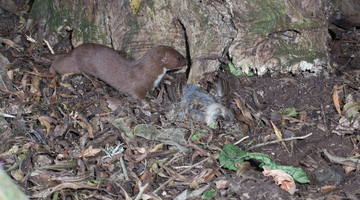
In this recorded professional learning session, Greta Dromgool from the Science Learning Hub and Adrienne De Melo and Ben Moorhouse from the Department of Conservation share the many learning ...
READ MORE
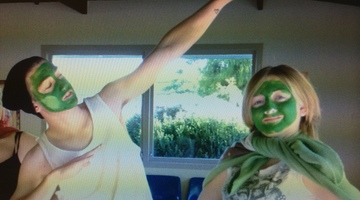
In this recorded professional learning session, Greta Dromgool from the Science Learning Hub and Ben Moorhouse from the Department of Conservation share their excitement about environmental ...
READ MORE
Dr Peter Buchanan and Dr Robert Hoare, of Landcare Research NZ Ltd, introduce the classification system that scientists use to identify and name organisms.
READ MORE
Find out why and how the Ahi Pepe MothNet project created the Puka Whakamārama o Te Pepe Nui – Beginners’ Guide to Macro Moths. Dr Barbara Anderson from Ahi Pepe MothNet, Dr Robert Hoare from ...
READ MORE
Dr Barbara Anderson, leader of Ahi Pepe MothNet, discusses the science protocols used in the project. One of the questions the project is trying to answer is whether vegetation restoration ...
READ MORE

Exploring moths as ecological indicators of health and connectedness in our natural world. Select here for further information, transcript and copyright.
READ MORE

Learn how farms can keep waterways healthy for those downstream and for our precious native freshwater fish, all while benefiting farm health and the farming operation’s bottom line.
READ MORE
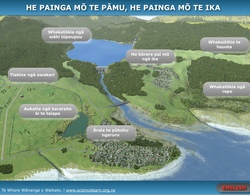
Tirohia ngā rautaki e ora tonu ai ngā arawai mō ērā kei te taha whakararo o te wai me ngā ika taketake, waihoki ka whaihua hoki ngā pāmu, e kore ai hoki e heke iho ngā putanga. Hei tirotiro i te ...
READ MORE